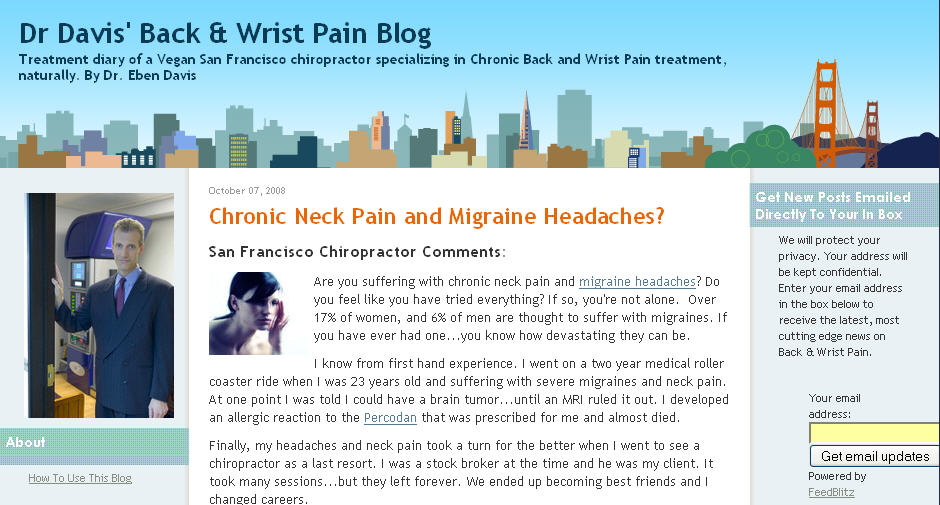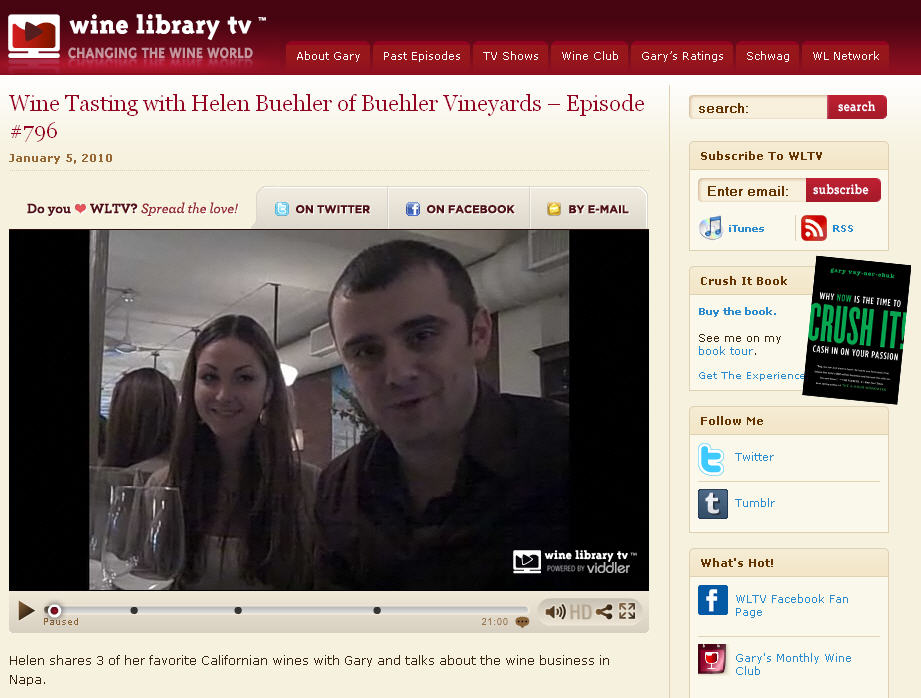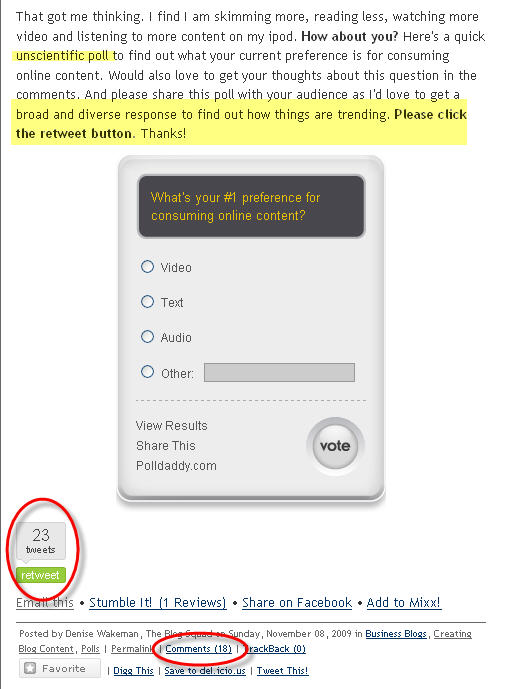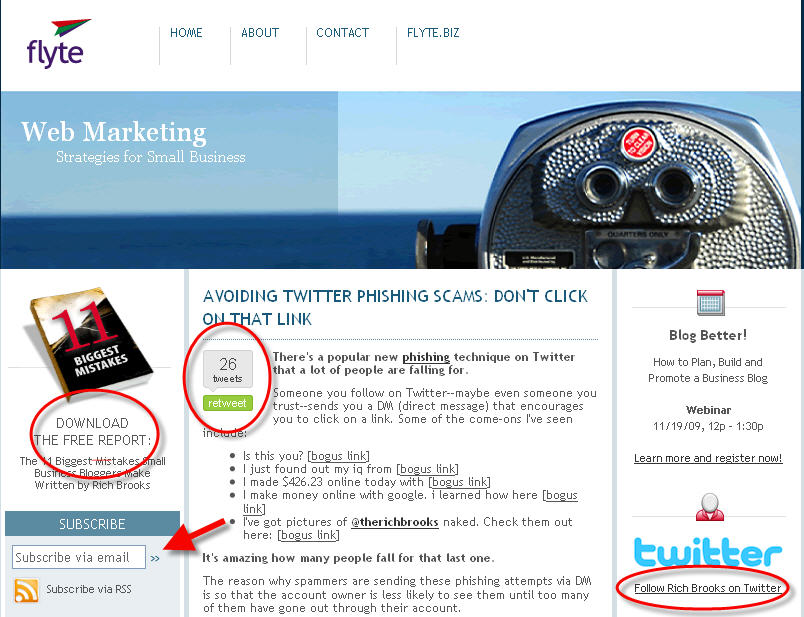 Blogs are the most powerful marketing tool you can use to attract leads and new customers, as well as increase visibility in your marketplace.
Blogs are the most powerful marketing tool you can use to attract leads and new customers, as well as increase visibility in your marketplace.
But what makes one blog successful and another mediocre? The majority of “so-so” blogs lack one or more of four important elements… In this article I will introduce the CODA system and how it can driven traffic and engagement with your readers.
Some bloggers may be writing well, posting relevant and valuable content on a regular basis, but they aren't encouraging reader interaction. Or they might have built a blog whose purpose isn't evident.
Some blogs are difficult to navigate, making it nearly impossible for readers to find important information. Some look good, but they don't have frequent or relevant posts.
And, most important to the first-time visitor, many blogs lack critical design elements. They offer no way for busy readers to quickly size them up and decide whether the blog is worth reading.
This is where the CODA system comes in, to serve as a guide for bloggers to monitor four elements of their blog and keep it on track as a marketing tool that serves their business. CODA focuses on Content, Outreach, Design and Action.
C Is for Content
The first essential component to a successful blog is content. It is often said that “content is king” because it is the critical element that will make or break your blog.
Always write with your readers in mind. If your posts are not interesting to the people you're writing for, then they're not going to come back. They're not going to subscribe. And they're not going to buy your products or services. Your content is where you have the opportunity to really penetrate your niche market and dominate, to become the de facto authority.
When developing content, keep in mind the three E's of content: Educate, Entertain and Engage. The two primary reasons people use the web are to find solutions to their problems and to be entertained (as seen in the phenomenal growth of online video).
The first E is Educate. A great example of educational blogging is Dr. Eben Davis' Back and Wrist Pain Blog. Dr. Davis uses his blog to teach prospective and current patients about how the body works, why they might need help, or how he can solve their problem. Nearly every post is educational and recently he told me that about 50% of his new patients come as a result of reading his blog and that they are getting better results because they are better educated.

The second E is Entertain. Video inherently is more entertaining than text (unless you're really good at writing humor, which is tricky). Use video to tell a story or to better express your personality. Check out Gary Vaynerchuk and his WineLibrary.tv blog. He posts videos five days a week and because he has a huge personality and is incredibly passionate about his subject, he rarely fails to entertain—as well as educate and engage—his audience, which is evidenced by dozens of comments on every post.

The third E is Engage. How do you get people to actually connect with you and participate in the conversation? One way to do that is to use polls. Some of the free polling sites are vizu.com and polldaddy.com. Create a one-question poll to encourage people to take the step and interact by answering your question.
Even simpler is asking for comments. I often hear the complaint, “Nobody ever comments on my blog.” My response is, “Do you ask for comments? Do you tell readers how to comment?” People need to be told what to do. You might need to say at the end of your blog post, “Please let me know what you think about this. Click on the comment link below.”
Keep in mind that when somebody actually interacts with something—they click a link, they post a comment, they take a poll—they stop being a passive reader. Now they're actively engaged with you, and that can help bring them one step closer to becoming a client or a customer.
Get World-Class Marketing Training — All Year Long!
Are you facing doubt, uncertainty, or overwhelm? The Social Media Marketing Society can help.
Each month, you’ll receive training from trusted marketing experts, covering everything from AI to organic social marketing. When you join, you’ll also get immediate access to:
- A library of 100+ marketing trainings
- A community of like-minded marketers
- Monthly online community meetups
- Relevant news and trends updates

Finally, with all your content, keep it conversational and thoughtful, and be authentic and personal.

Discover Proven Marketing Strategies and Tips
Want to go even deeper with your marketing? Check out the Social Media Marketing Podcast! Publishing weekly since 2012, the Social Media Marketing Podcast helps you navigate the constantly changing marketing jungle, with expert interviews from marketing pros.
But don’t let the name fool you. This show is about a lot more than just social media marketing. With over 600 episodes and millions of downloads each year, this show has been a trusted source for marketers for well over a decade.
I covered content in more detail in previous articles—7 Tips to Create Better Blog Posts and 13 Ideas to Inspire Your Blog Content. Now back to the next step in the CODA system.
O Is for Outreach
Part of being a successful blogger means you should leave your own blog and participate on others in the blogosphere. It means reading and commenting on other blogs related to your industry or audience, reaching out to other bloggers, and becoming more visible. This is how you get known; this is how you build relationships that can turn into joint venture projects and guest interview spots, and attract more traffic and prospects back to your site.
I covered Outreach in more detail in the article The Secret to Growing Your Blog Following.
Outreach is also about participating on social networking sites like Twitter, Facebook, LinkedIn, and MySpace, among others, if that's where your target audience hangs out. Set up your profile. Make sure your avatar is consistent throughout so no matter where people find you, they recognize you. Most important, make sure your blog content is syndicated via the RSS feed so your connections on social networking sites see your deeper content and can follow you back to your home base—your blog.
D Is for Design
Strong blog design involves a number of layout and usability factors. Design issues can greatly affect how readers experience your blog.
- Is it easy to use and understand?
- Does it build trust with readers?
- Is it easy to navigate?
- Does it look good?
The aesthetic elements also help people feel confident about working with you. They may like your content, but does it look professional? Does it represent you well? Do you make it easy for readers to hire or buy something from you?
One of the things to keep in mind when you're designing your blog is it must be well-branded and it should be memorable. Make sure when people land on your site, it doesn't look like every other blog. Just about every blogging platform has templates. If you use a standard template, that's OK, but take a few minutes and customize the look and feel by using your brand colors and logo, at minimum.
Adding a custom-designed banner on your blog will help set it apart as well. Make sure to include the name of your blog and a tagline. Remember that every day someone new lands on your blog. When they land on your blog, are they going to know what it's about? Are they going to know if it's what they're looking for? Make sure you have a tagline that tells people what the blog is about—what they can expect to learn about your subject.
For more details and a video demo, please see my article on 7 Essential Design Elements for Great Business Blogs.
A Is for Action
Finally, ‘A' is shorthand for call to action. That is, are you encouraging people to act? How do you get your readers to become customers, to click on links, and to sign up for classes, reports, and other offers?
Effective business blogging is results-oriented, which means persuading people to interact with you in some way. Calls to action are crucial. Depending on the goals of your blog and/or specific post, you may include calls to action for:
- Posting comments
- Asking for a retweet
- Directing to download a freebie
- Downloading a white paper
- Taking a survey
- Registering for a program
- Checking out your new product or service
Being clear on the next step you want your readers to take will help them know what to do and help you get the results you want from your blogging efforts. You can see clear examples of calls to action on Rich Brooks' flyte blog.

Putting it all Together for a Balanced Blog
If you're going to invest time on your blog, you want that time to pay off. You want results.
Keep in mind that no matter which of the four elements (Content, Outreach, Design and Action) you like to focus on, a successful business blog—one that gets results for your business—requires all four to be addressed. A balanced blog that is built and maintained on the CODA system will contribute to getting more visitors, and more customers, for your business.
What would you add? Have you tried any of these techniques with success? What do you consider the most important element for a successful blog? Share your opinion in the comments box below! 😉
Attention Agency Owners, Brand Marketers, and Consultants

Introducing the Marketing Agency Show–our newest podcast designed to explore the struggles of agency marketers.
Join show host and agency owner, Brooke Sellas, as she interviews agency marketers and digs deep into their biggest challenges. Explore topics like navigating rough economic times, leveraging AI, service diversification, client acquisition, and much more.
Just pull up your favorite podcast app, search for Marketing Agency Show and start listening. Or click the button below for more information.

